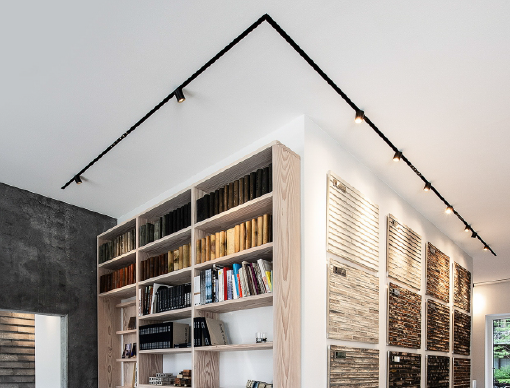Recent Posts
-
Installing Spotlights in Ceiling | Obals Expert Guide
Learn the expert steps and best practices for installing spotlights in your ceiling. Discover the benefits, tools needed, and tips for achieving a professional look.
06/21/2024
-
Warm White Versus Cool White | Expert Lighting Guide
Discover the differences between warm white and cool white lighting. Learn from industry experts about their applications, benefits, and how to choose the right color temperature for your space.
06/21/2024
-
Under Cabinet Lighting Kitchen | Expert Guide
Explore the benefits and best practices for installing under cabinet lighting in your kitchen. Learn from industry experts about types, installation tips, and design ideas to optimize your kitchen lighting.
06/20/2024
-
Screwfix LED Downlights | Expert Lighting Guide
Discover the advantages and best practices for installing Screwfix LED downlights. Learn from industry experts about their features, benefits, and tips for optimizing your lighting setup.
06/20/2024
-
Modern Lighting Factory | Expert Insights
Explore the advancements and benefits of modern lighting factories. Learn from industry experts about the latest technologies, manufacturing processes, and design trends in the lighting industry.
06/19/2024
-
Ceiling Spotlights LED | Expert Lighting Guide
Discover the benefits and best practices for installing LED ceiling spotlights. Learn from industry experts about the types, advantages, and design tips for optimizing your LED spotlight setup.
06/18/2024
Demystifying Luminosity: What is a Lumen in Lighting? | Lighting Insights
Demystifying Luminosity: What is a Lumen in Lighting?
Welcome to an expert exploration of lumens, a fundamental concept in commercial lighting. As specialists in the field, we invite you to demystify luminosity and gain insights into understanding lumens and their role in creating the ideal illumination for your commercial spaces.
Defining Lumens
Lumens are the standard unit of measurement used to quantify the total amount of visible light emitted by a light source. Essentially, lumens measure the brightness of a light source. Unlike watts, which measure power consumption, lumens provide a direct indication of a light's output in terms of brightness.
Significance of Lumens in Commercial Lighting
Lumens play a pivotal role in commercial lighting for several reasons:
Brightness: Lumens are a direct indicator of how bright a light fixture will be. Achieving the right level of brightness is crucial for creating a productive and comfortable environment in commercial spaces.
Energy Efficiency: Understanding lumens helps businesses select energy-efficient lighting solutions that match the required brightness with minimal energy consumption, resulting in cost savings.
Design Considerations: Lumens influence the overall lighting design, ensuring that spaces are adequately lit for their intended purpose while maintaining aesthetics.
Calculating and Comparing Lumens
When evaluating lighting options, it's important to calculate and compare lumens for informed decision-making:
Conversion from Watts: While lumens measure brightness and watts measure power, you can estimate lumens from watts. However, it's important to note that different types of bulbs may have different lumen-to-watt ratios.
Lighting Labels: Most lighting products, such as LED bulbs, come with labels that provide information on lumens, allowing for easy comparison between different products.
Choosing the Right Lumen Output
Selecting the appropriate lumen output for commercial lighting involves considering factors such as:
Space Type: Different spaces require different lumen levels. For instance, an office may require fewer lumens per square foot than a retail store to create the desired atmosphere.
Task Requirements: The specific tasks performed in a space impact the required lumen levels. Tasks requiring precision, such as reading or detailed work, may necessitate higher lumen output.
Ambiance: Lumen output also contributes to the ambiance of a space. Consider the desired mood and atmosphere when choosing lumens for a particular area.
In Conclusion
Lumens are a fundamental metric in commercial lighting, directly affecting brightness and energy efficiency. By grasping the concept of lumens and carefully evaluating your lighting needs, you can make informed decisions when selecting lighting solutions for your commercial spaces, ensuring optimal functionality and visual appeal.
Contact us today to explore how the right lumen output can enhance the lighting quality and efficiency of your commercial projects.

